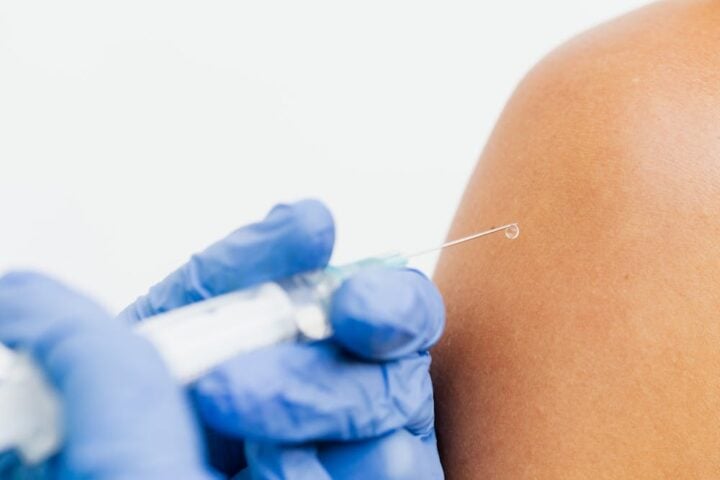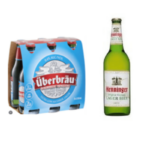A food company in Washington state is pulling chicken Caesar wraps from office vending machines because the dressing contains fish that isn’t listed on the label. These wraps were distributed to vending machines in office buildings throughout Washington state.
LPK1, the company making these wraps in Renton, Washington, is taking back about 303 pounds of them. The problem? The Caesar dressing packets in these wraps contain anchovies – small fish that give the dressing its savory taste – but the label doesn’t say this.
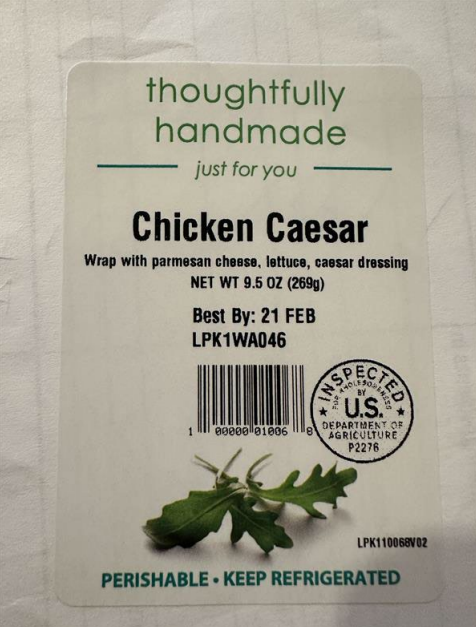
These wraps come in clear plastic containers marked “thoughtfully handmade just for you Chicken Caesar Wrap with parmesan cheese, lettuce, Caesar dressing.” If you bought one, check for these dates and codes: Best By dates of February 21, 23, and 25, with codes LPK1WA046, LPK1WA048, and LPK1WA050. The products were produced on February 15, 2025, February 17, 2025, and February 19, 2025.
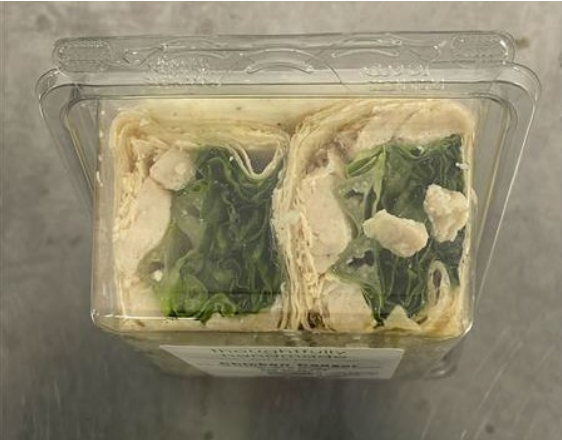
“When someone has a fish allergy, even a small amount hidden in salad dressing can cause serious health problems,” explains Ryan Calbreath, who manages quality control at LPK1. His team found the missing information during their routine quality assurance check.
Similar Posts:
For people with fish allergies, eating these wraps could cause serious or life-threatening reactions that need immediate medical care. While no one has gotten sick yet, the company and food safety officials aren’t taking chances.
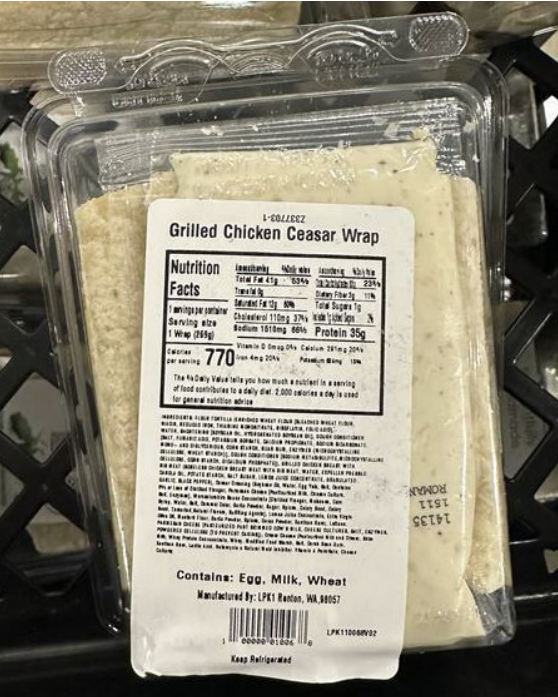
The U.S. Department of Agriculture, which oversees food safety, worries some of these wraps might still be sitting in office vending machines. If you have one, don’t eat it. Throw it away or take it back to where you got it. The products bear establishment number “EST. 4256” inside the USDA mark of inspection.
If you’re concerned about wraps you’ve already eaten, talk to your doctor. For questions about food safety, you can call the government’s free hotline at 888-674-6854. They’re there to help 24 hours a day.
This isn’t just about one wrong label – it shows how food companies must carefully track every ingredient to keep people safe. Most people don’t realize Caesar dressing usually contains fish. That’s why clear labels are crucial for those with food allergies.
Need more information? Consumers can reach LPK1’s quality team at 925-457-6738 or [email protected]. News organizations can contact Kristin Elder at [email protected].
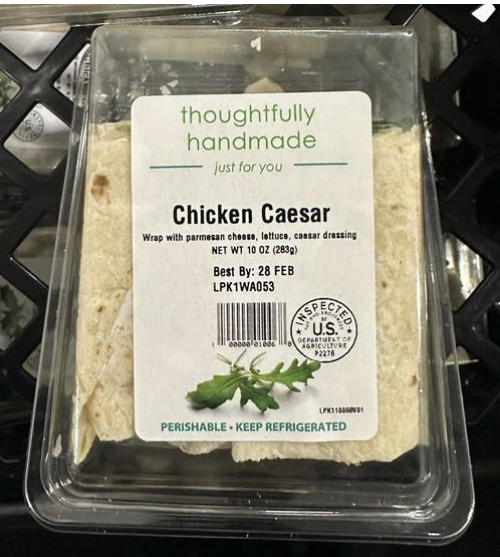

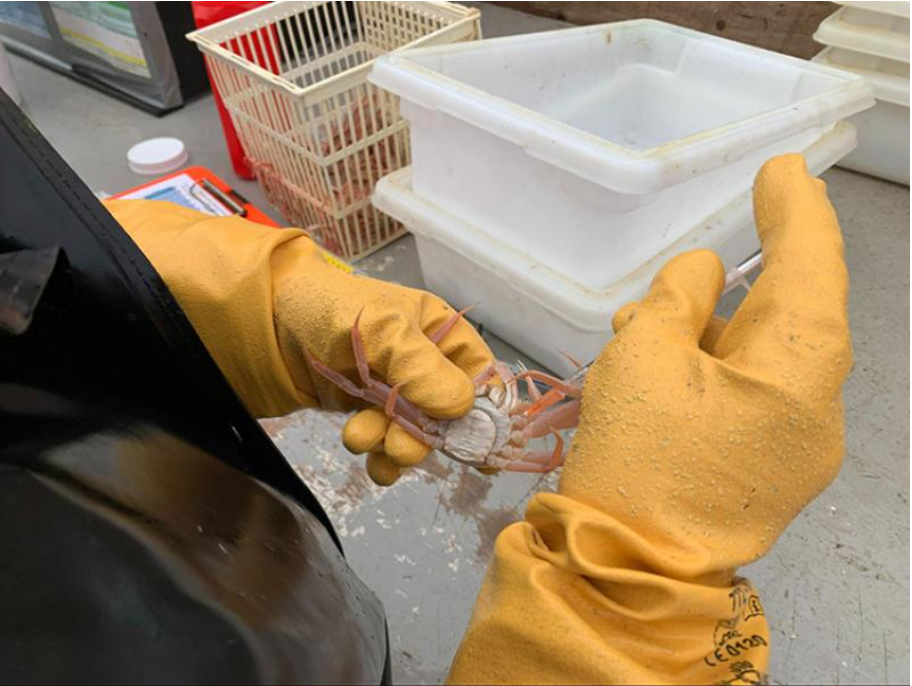





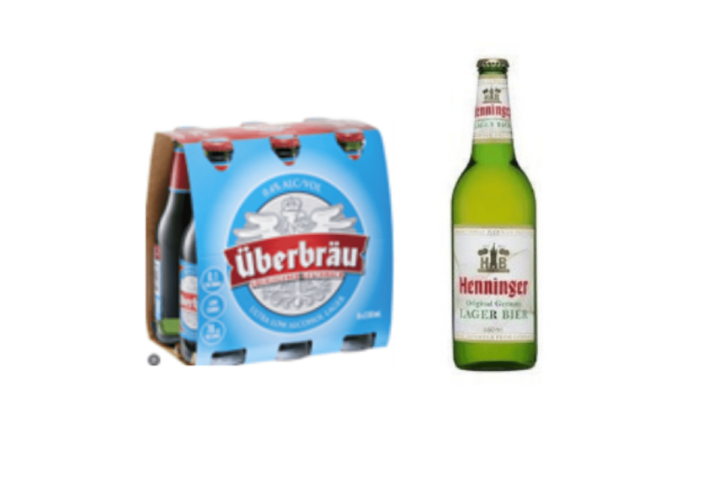

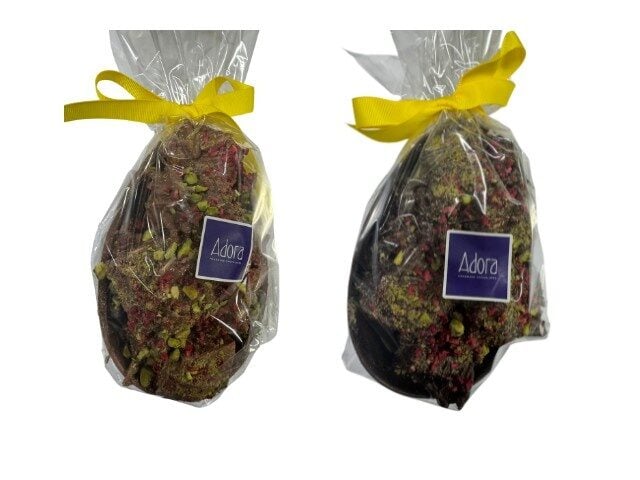


![Google satellite view of 1112 Stanley road in Augusta [Google Earth]](https://www.karmactive.com/wp-content/uploads/2025/04/Augusta-National-Spent-200M-on-270-Acres-but-One-338000-Home-Still-Stands-on-Stanley-Road-720x360.png)




